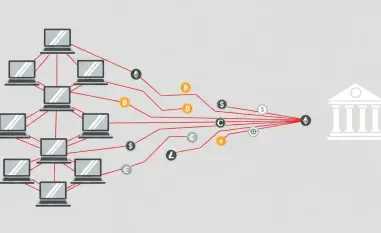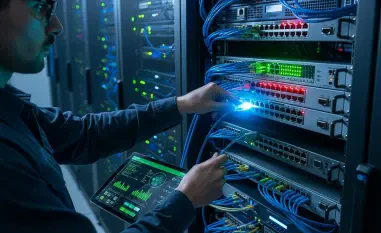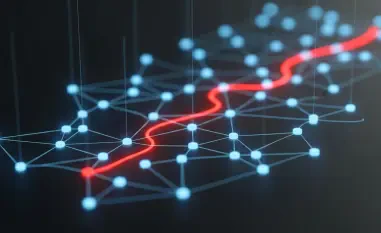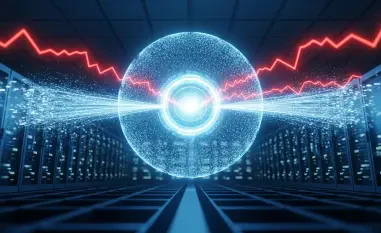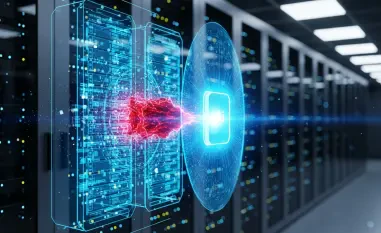SAP systems are crucial to many sizable enterprises worldwide, central to business operations across diverse sectors, including finance, supply chain management, and human resources. Their role in automating and streamlining complex processes makes them indispensable. The current landscape of the SAP industry is characterized by rapid technological advancements and an expanding user base. Major players such as SAP SE, Oracle, and Microsoft are at the forefront, influencing market dynamics with innovative solutions. Regulations, such as the General Data Protection Regulation (GDPR) and the Sarbanes-Oxley Act, further underscore the importance of compliance and data security in SAP environments.
Current Trends in SAP Security
Emerging Threats and Vulnerabilities
The security landscape for SAP systems is constantly evolving, significantly influenced by the proliferation of cyber threats targeting critical enterprise infrastructure. Emerging trends indicate a heightened focus on vulnerabilities within SAP systems, particularly as threat actors become more sophisticated. Cybercrime groups such as BianLian and RansomExx have exploited vulnerabilities like CVE-2025-31324, underscoring the need for robust cybersecurity measures. These groups’ deliberate actions reveal a broader pattern where cybercriminals leverage zero-day vulnerabilities and deploy malicious tools, posing significant risks to SAP users.
Market Data and Growth Projections
Market data points to substantial growth within the SAP security sector, driven by increased investments in cybersecurity defenses to counteract potential threats. Organizations are directing resources toward advanced threat detection technologies and comprehensive security strategies to fortify their systems. Growth projections indicate a continued rise in demand for SAP security solutions, as global stakeholders recognize the value of safeguarding their digital assets. The emphasis on preventive measures and swift remediation processes is expected to bolster the market’s upward trajectory in the coming years.
Challenges in Safeguarding SAP Systems
The complexity of maintaining security in SAP systems comes with a host of challenges, from technological hurdles to regulatory requirements. One significant challenge is adapting to the rapid technological changes that introduce new vulnerabilities or exploit vectors. Additionally, regulatory demands necessitate a continuous alignment of practices to ensure compliance, which can strain resources. Organizations may find it challenging to balance operational efficiency with stringent security requirements, necessitating innovative solutions such as automated compliance checks and AI-driven threat detection.
Another layer of complexity arises from the market dynamics, where the push for digital transformation can create security gaps if not managed properly. As organizations attempt to modernize their infrastructure, they must simultaneously enhance their security posture. Strategies that incorporate best practices, such as regular security assessments and employee training, represent feasible approaches to overcoming these obstacles. By addressing these challenges head-on, organizations can better secure their SAP systems against evolving threats.
Regulatory Landscape and Compliance
The regulatory environment governing SAP security is characterized by stringent standards that dictate how data is managed and protected. Key regulations, including GDPR and industry-specific mandates like HIPAA, enforce strict compliance measures to ensure data integrity and confidentiality. Recent regulatory changes have expanded the scope of accountability, emphasizing the need for comprehensive security frameworks that align with legal requirements.
Compliance with these regulations is not merely a legal obligation but a critical component of a robust security strategy. Organizations must navigate the complexities of international regulations while integrating effective security measures to protect sensitive data. The role of compliance officers and security teams has become increasingly vital, with a focus on developing policies that prevent breaches and mitigate risks. The evolving regulatory landscape suggests that compliance will remain a pivotal aspect of SAP system security.
Future Directions for SAP System Security
Looking ahead, the security of SAP systems is likely to undergo transformative changes driven by technological innovations and market disruptions. Emerging technologies such as machine learning and blockchain are poised to enhance system security by providing advanced threat detection and transaction integrity features. These technologies can significantly enhance organizations’ abilities to preemptively address vulnerabilities before they are exploited by malicious actors.
Furthermore, the future of SAP security will be shaped by external factors, including global economic conditions and regulatory shifts. Organizations must remain adaptable, leveraging innovations to stay ahead of threats while navigating an increasingly complex market environment. The importance of continuous learning and adaptation cannot be overstated, as security teams will need to evolve alongside emerging threats. By focusing on proactive measures and embracing technological advancements, the SAP security landscape can become more resilient and dynamic.
Conclusion and Recommendations
In reviewing the security status of SAP systems, the pervasive challenge posed by cyber threats is evident, necessitating strong cybersecurity protocols. The widespread exploitation of vulnerabilities indicates a critical need for organizations to remain vigilant and proactive. As industries prepare for future challenges, adopting a multi-layered security approach and integrating upcoming technologies will be paramount.
To safeguard SAP systems, the timely application of patches, investment in threat detection systems, and employee training should be prioritized. Organizations are encouraged to stay abreast of regulatory changes and enhance their compliance frameworks correspondingly. By adopting these strategies, businesses can mitigate risks and capitalize on emerging opportunities within the SAP security domain. With a focus on innovation and strategic investments, the future of SAP system security appears promising, offering significant potential for growth and advancement.
